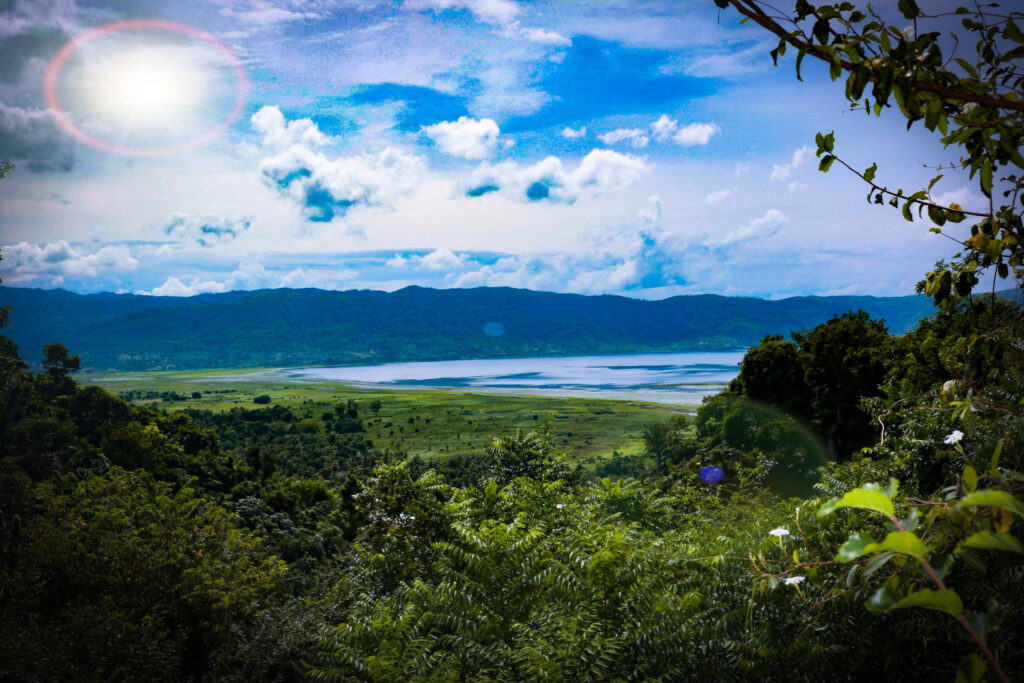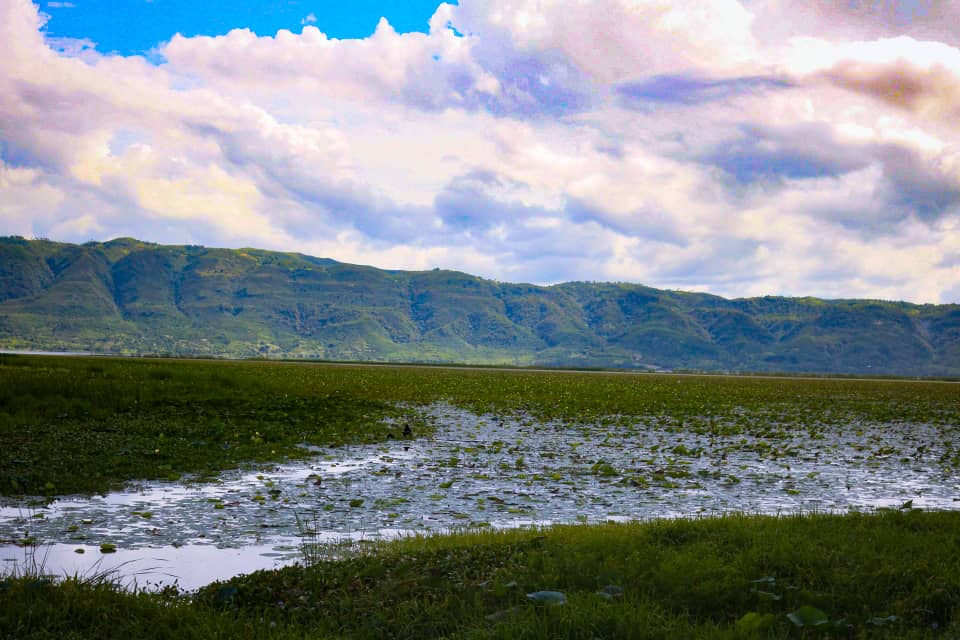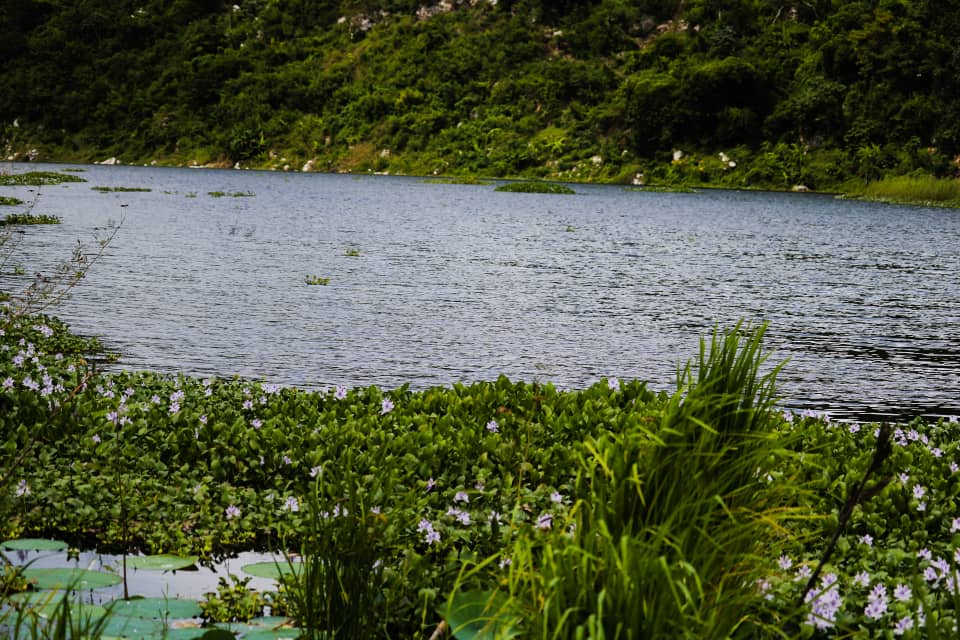
Miragoâne pond
Description
Located in the Nippes department, the Miragoâne pond is a freshwater lake, marshy for a large part of its surface, with a surface area of about 25 km², fed by various ravines and streams, in particular the Pineau spring, from the west of the Selle chain. This lake is 10 kilometers long with a width that goes from 5 kilometers in its western part and 2 kilometers wide in its eastern part with a narrowing in its central part of just one kilometer. History reveals that, in time, the city of Miragoâne was located in the area of this pond. The population had to move to the current position of the city due to the rising waters of the lake.
Biodiversity
The Miragoâne pond is a sanctuary of biodiversity that is home to a rich aquatic fauna, including birds such as the northern jacana (Jacana spinosa), the green heron (Butorides virescens), the Wilson’s snipe (Gallinago delicata) and the common loon (Gavia immer). Its birdlife is rich but has been little studied, ducks abound and hunting is practiced there regularly. At the moment, there are thirteen varieties of fish, including eight endemic species, that inhabit these clear, sometimes muddy, dark-colored waters that appear to be devoid of appreciable phytoplankton.
Ecotourism potential
Previously called Agua Bauhora by the Spanish, the Miragoâne Pond is made up of two lakes that are connected by a dam and have respective areas of 8.3 km² and 1.3 km². During the rainy season, they form a single large body of water that flows into the sea through an underground outlet. This expanse of water dotted with aquatic plants and animals offers a pleasant setting for the development of ecotourism activities (diving, swimming, guided tours, glass bottom boats, kayaks, discovery classes, etc.), which can contribute to the improvement of the living conditions of the local population.



